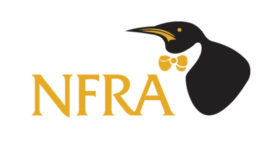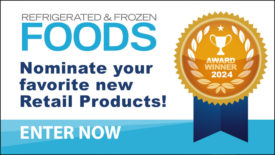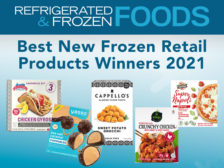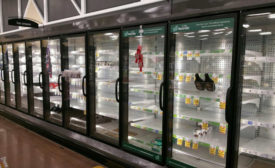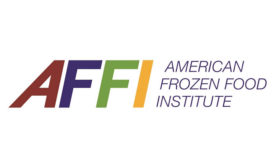Home » Keywords: » frozen food trends
Items Tagged with 'frozen food trends'
ARTICLES
DEADLINE EXTENDED: 2024 Best New Retail Products Contest
Up to 25 products will be selected as finalists for online voting throughout the month of March, to coincide with National Frozen Food Month.
February 16, 2024
Move Over Cake Mix, Dolly Parton Teams with Conagra for Frozen, Refrigerated Foods
Collection will go 'beyond the baking aisle' with Parton's family recipes.
January 24, 2024
‘Freezing 3.0’: Fresh From SXSW, EverCase Wants to Revolutionize the Way We Think About Frozen Food
Startup aims to 'disrupt freezing' – particularly in commercial and retail spaces
April 17, 2023
Frigid Five: Best New Frozen Retail Products Winners
These chilly champions outpaced a field of 20 contenders through a combination of on-trend innovation and category-focused strategy.
July 29, 2021
The 2021 State of the Industry Report: A Mid-Year Snapshot
Continued growth and a new set of challenges for the post-pandemic cold chain in 2021.
July 16, 2021
Get our new eMagazine delivered to your inbox every month.
Stay in the know on the latest food and beverage manufacturing markets.
SUBSCRIBE TODAYCopyright ©2024. All Rights Reserved BNP Media.
Design, CMS, Hosting & Web Development :: ePublishing
